 things
things
JIM KRAUSE

Photo Idea Index: Things. Copyright 2009 by Jim Krause. Manufactured in China. All rights reserved. No other part of this book may be reproduced in any form or by any electronic or mechanical means including information storage and retrieval systems without permission in writing from the publisher, except by a reviewer, who may quote brief passages in a review. Published by HOW Books, an imprint of Simon & Schuster, Inc., 57 Littlefield Street, Avon, MA 02322 (800) 289-0963. First edition.
13 12 11 10 09 5 4 3 2 1
Distributed in Canada by Fraser Direct
100 Armstrong Avenue
Georgetown, Ontario, Canada L7G 5S4
Tel: (905) 877-4411
Distributed in the U.K. and Europe by David & Charles
Brunel House, Newton Abbot, Devon, TQ12 4PU, England
Tel: (+44) 1626-323200, Fax: (+44) 1626-323319
E-mail: postmaster@davidandcharles.co.uk
Distributed in Australia by Capricorn Link
P.O. Box 704, Windsor, NSW 2756 Australia
Tel: (02) 4577-3555
Library of Congress Cataloging-in-Publication Data
Krause, Jim, 1962
Photo idea index. Things / Jim Krause.
p. cm.
ISBN 978-1-60061-044-8 (pbk. : alk. paper)
1. Still-life photography. 2. Photographic composition. 3. Photography--Technique. 4. Example. I. Title.
TR656.5.K73 2009
771--dc22 2009015544
Edited by Amy Schell
Designed by Jim Krause
Art directed by Grace Ring
Photography by Jim Krause
Production coordinated by Greg Nock
...another one dedicated to my son, Evan.

About the Author:
Jim Krause has worked as a designer/illustrator/ photographer in the Pacific Northwest since the 1980s. He has produced award-winning work for clients large and small and is the author and creator of nine other titles available from HOW Books:
Idea Index, Layout Index, Color Index, Color Index 2,Design Basics Index, Photo Idea Index, Photo Idea Index: Places,Type Idea Index and Creative Sparks.
WWW.JIMKRAUSEDESIGN.COM
Table of Contents
Introduction
First of all, dont let the look of this book fool you. Its not a book of pictures. This is a book of ideas.
Thats how the introduction to this volumes predecessor, Photo Idea Index: Places, began. And, because its a line that applies just as truthfully to Photo Idea Index: Things, Im repeating it here. These two booksas well as everything else Ive had published up to this pointhave this in common: they are what if books rather than how to books. In the case of the Photo Idea Index series, this means the images inside arent meant as demonstrations of what I personally can do with a camera, but as suggestions of what you might want to try with yours.
Take, for example, this volumes . Yes, you could legitimately see it as a picture of light bulb. But Id like to suggest that you view it as a brainstorming prompt that could lead to thoughts like, What if I went around my house and tried to take some studio-quality shots of household objects? or, What if I bought some sheets of decorative paper from the art store and kept them on hand as backdrop material for all kinds of photos? or, What if I purchased a macro lens for my SLR so I could capture some really crisp photos of the intricate and tiny details of things around me?
Dont take this emphasis on creativity and brainstorming to mean that this book contains no how to information. It does. Quite a bit, in fact. The last two pages of each chapter feature text related to that chapters images. Sometimes the text conveys creativity-based ideas; sometimes it tells a story related to capturing that particular image; and sometimes it pertains to technical information regarding either the cameras settings or how the image was digitally processed in Photoshop.
And speaking of Photoshop, I mention its use liberally at the end of each chapter. Photoshop was my digital darkroom tool of choice for this book because I am a fan of its capabilities and functionality, and also because its the most widely used image-processing software among photo professionals and hobbyists around the globe. If youve worked in Photoshop for any length of time, its likely youll be familiar with the adjustments, commands and filters Ive used to treat this books images. If you are unfamiliar with the Photoshop operations being mentioned, take heart: even the newest Photoshop users should be able to implement the featured treatments with a modest amount of hands-on practice (and possibly some consultation with the users manual).
If you dont use Photoshop at allor are a photographer who shoots with filmI believe youll still find the digital effects mentioned in this book relevant: Most of the techniques described ahead can not only be mimicked by people who use other image-processing programs, they can also be replicated in the darkroom.
One more note about the digital side of things. Computers and software are ever-evolving. Some of the digital effects mentioned on these pages are sure to be updated, augmented or abolished at some point in time. As an example of what Im talking about, a new version of Photoshop came out between the time this book was published and when its predecessor, Photo Idea Index: Places was released. The update included a treatment called the BLACK AND WHITE adjustment, and it proved to be a far more nifty way of converting photos to monochrome than what was available when I was working on the earlier book. (The method of monochrome conversion described in the earlier book still works, but the newer software makes the procedure far more efficient and versatile.) As far as the usefulness of this book is concerned, Im not worried about these inevitable technological upgrades, and I dont think you need to be, either: The ideas presented here will remain valid regardless of changes in the means to pursue them.
No book is a cinch to put together, but for this one I really did enjoy snapping photos, digitally treating the results, and writing about it. Thank you for picking up a copy of Photo Idea Index: Things. I hope its content will confirmand raisethe enthusiasm you feel for photographing the things around you.

Extraordinary
Everything is photogenic. Every person, place and thing has something extraordinary to offer a creative and resourceful photographerits usually just a matter of capturing the shot from the right viewpoint, in flattering light or in an intriguing context.
Things are the subjects-of-choice for this book. And here, in the opening chapter, the focus is on finding interesting and attractive ways of photographing particularly ordinary thingsthe kinds of objects youre likely to find around the house, office or neighborhood.
This books images are presented without text. Technical information, anecdotal tidbits and project ideas related to each sections photos are contained in the last two pages of each chapter.
Next page
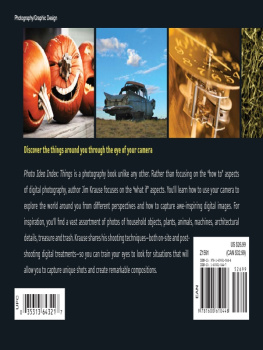
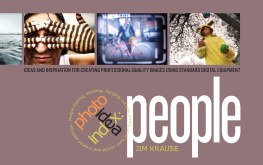


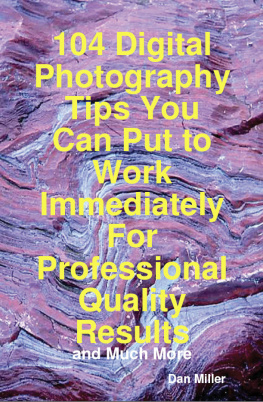
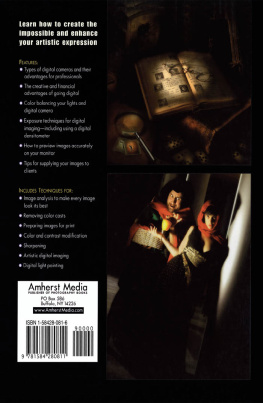
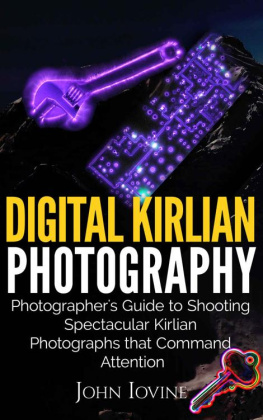
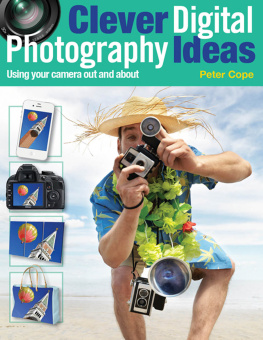
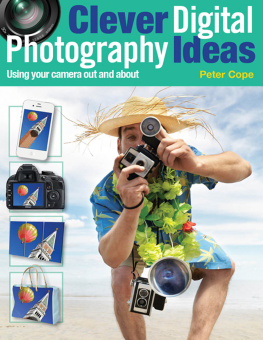
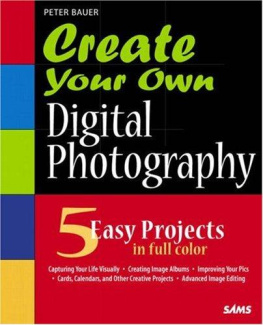
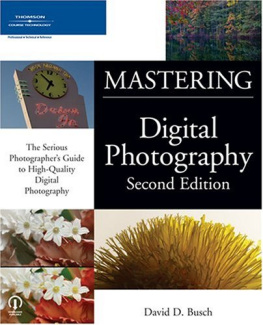
 things
things

